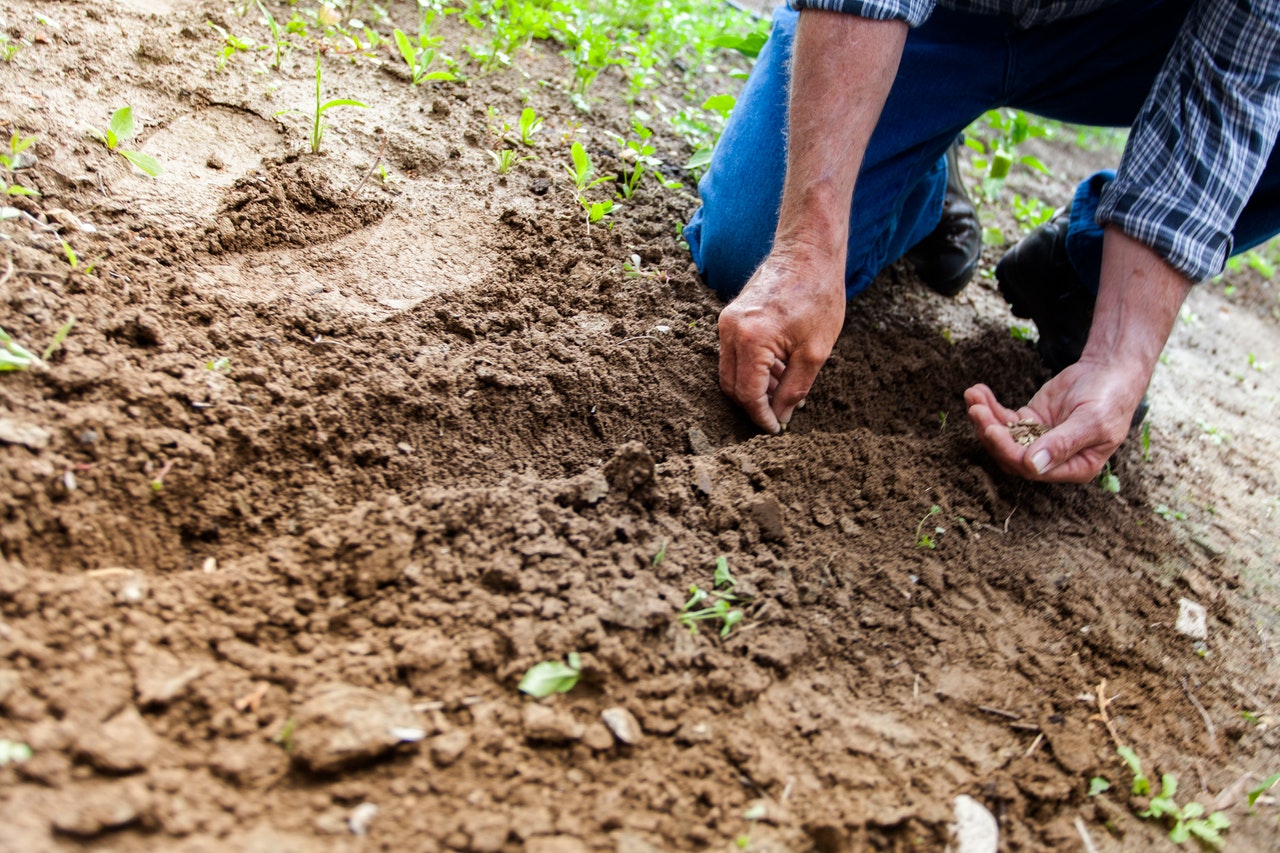If you want to save money while consuming fresh produce, you might want to consider growing yourself a vegetable garden.
As a physical activity, gardening is so easy to maintain and will still give you amazing results when it’s time for your crops to grow.
Pretty enticing, right? Get ready to say goodbye to processed food!
It is tempting to think how hard the challenges you might face in growing yourself a garden.
But, whether you believe it or not, when you get to know the basics of gardening, you will realize that you’ve got nothing to worry about at all!
Start digging into these beginner-friendly steps in growing a vegetable garden:
Developing A Feasible Plan
Planning is important if you want to successfully grow a vegetable garden. You might be too excited and will start planning ambitious things you can do as a grower.
Think of this as a process; you cannot rush immediately to your liking.
You may start by choosing what vegetables you would want to plant in your garden. Leafy vegetables such as rhubarbs are good for beginners like you.
Here, you can check many varieties of rhubarb to plant in your vacant soil. Proper research on the plants you’ll be growing can help you avoid difficulties in the future.
Take also into consideration the location where you’ll start your garden. Does it have enough sunlight? What about the space? You should find yourself a wide space to plant into.
Your garden must be near the water source, too. That way, it will not be much of a hassle for you to water your veggies.
Purchasing Vegetable Varieties
When you’re already in the market and are finally ready to buy yourself some vegetable seed, always pay close attention to the seed packet, label, or label.
Every vegetable plant has certain advantages and disadvantages you may want to take note of.
On the one hand, some only produce smaller plants and are only suitable for small gardens.
On the other hand, some vegetable plants yield more harvest and have specific temperature tolerance. Your research will come in handy in this kind of situation. Joining a community of plant-growers may be beneficial for you.
If you decided to opt for vegetable seeds, you must be aware that annual vegetables are planted indoors first for about six weeks before the last frost in your location kicks in.
Don’t fret. Some seeds are directly sowed into your garden. Always read the instructions written on the packet before planting.
Now, transplanting seedlings is the method best applied to low-growing plants. These vegetable plants mature sooner and resist stronger pests when the growing season comes. You can expect an earlier harvest from them.
Planting Into Your Soil

Finally, the time has come for you to start planting into your garden! You need to prepare your soil to spread enhancements, like compost and begin working your area with a spade or tiller.
Next is to rake it until it is smooth and carefully water it. Avoid stepping on it and allow it to rest for several days.
You have two ways of planting your vegetable plants:
1. Intensive Cropping
This method allows you to efficiently use the soil around your garden. You will put two to three plants together in a soil bed of about 4 feet wide.
However, this will have you pulling out weeds by hand because of how close the plants are sitting together.
2. Row Cropping
Start by placing your plants in a single row. Each plant should be 18 inches apart from one another.
This method is done so you could have enough space to walk when tilling your garden. This method applies well if you have a bigger area.
The disadvantage would be the number of vegetable plants you could plant would be lessened.
Watering Your Vegetables
Start by gently watering your plants, just enough to keep them moist throughout the growing season. Make certain that you have watered the entire area evenly.
You may want to consider purchasing a spray nozzle for your garden. This equipment helps generate a rain-like mist for your plants to enjoy.
Tending To Your Vegetable Garden
No matter how you hate weeds, you cannot avoid them entirely. It thrives on competing for light and water with your vegetable plants.
Regularly cultivate your topsoil with a hand fork to discourage the growth of weeds around your garden.
Putting fertilizer helps in maximizing the yields of your garden. You may choose to add organic compost to your soil during the planting time.
Purchasing fertilizers in garden centers is advisable, too. Only follow the instructions on the bag, and you’re good to go.
Takeaway
Seeing your garden grow from scrap to a sanctuary of life is proven to be therapeutic. It improves the health of your body and soul, making you an accomplished person.
What are you waiting for? Start your vegetable gardening journey now!



Comments are closed.